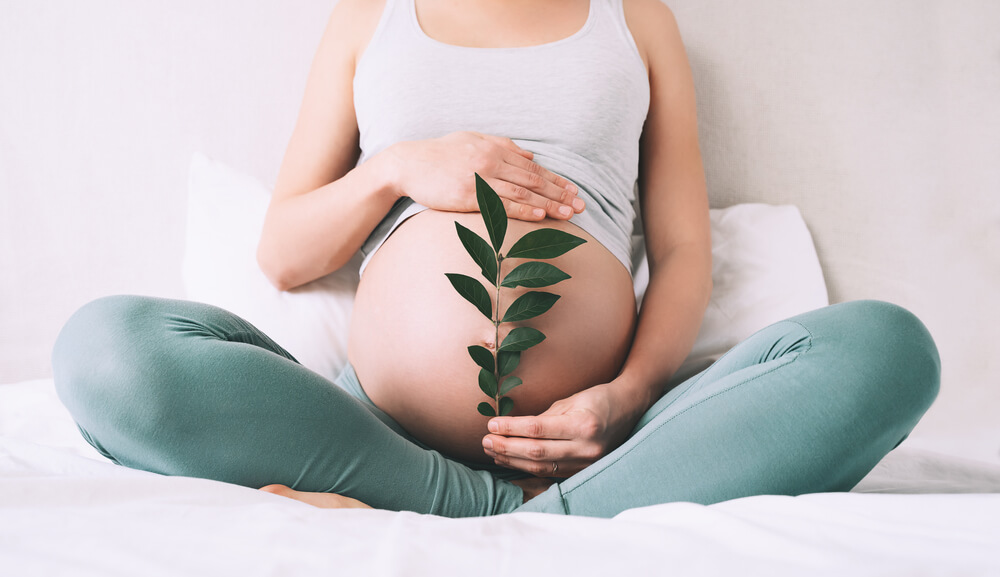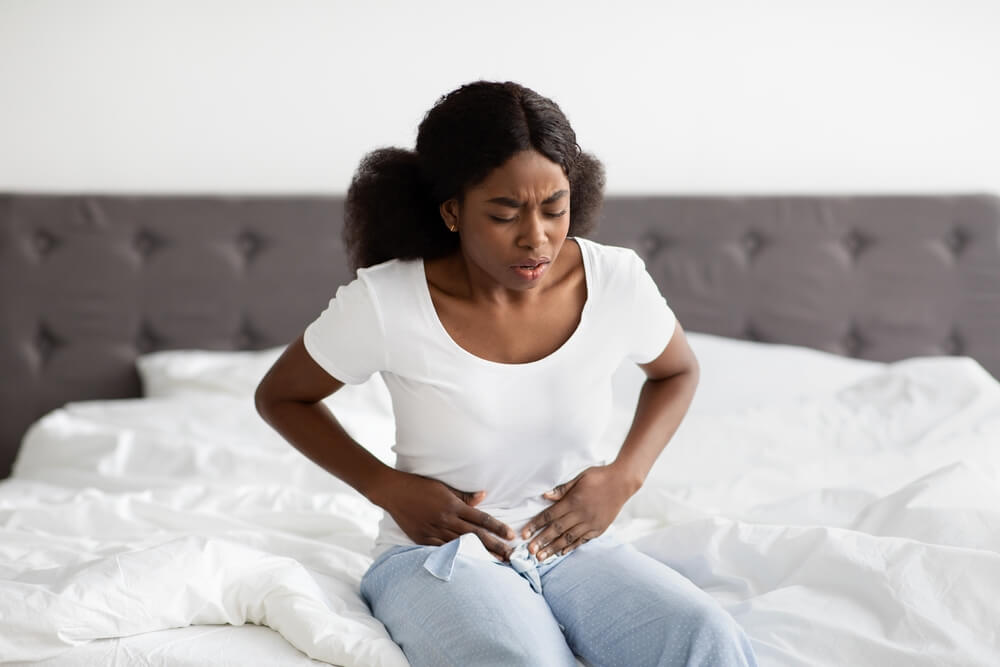Essentially, endometriosis can be best described as a condition where tissue resembling the uterine lining grows on the organ’s outer side. The additional tissue growth may lead to severe pelvic pain. In some cases, it can develop near a woman’s first menstrual period and may last until menopuase.
When it comes to endometriosis and female fertility, some people may believe that the condition may lead to infertility troubles, but this is not entirely true. Endometriosis does have the potential to reduce fertility in most patients, but that does not mean that somebody with endometriosis will be unable to get pregnant. Instead, they may have more challenges to face on the path to pregnancy. As experts in obstetrics and gynecology in South Miami, Florida, we deeply understand the concerns some women may have about endometriosis’ effect on fertility.
And because of that, this blog post will focus on typical endometriosis side effects, discuss different types of endometriomas, and dive into fertility and endometriosis.
Endometriosis Effect on Fertility

Medical professionals estimate that around 50% of women who are dealing with infertility will also have endometriosis. The condition is progressive, meaning it will gradually worsen over time. And as more tissue patches grow on the organ and surrounding areas, they may block essential reproductive organs, which makes it harder for the sperm to fertilize the egg. Furthermore, the growth tissue can actually cause damage to the reproductive system, preventing its proper function.
Endometriosis may also affect fertility in the following ways:
- Affecting egg development
- Causing scars to the fallopian tubes
- Preventing embryonic implantation
- Causing chronic pelvic inflammation
- Creating disbalances in the endocrine (hormonal) system
Fertility and Endometriosis Types
Medical experts differentiate between three distinct types of endometriosis, and these are:
- Sperificial peritoneal
- Endometriomas
- Deeply infiltrating endometriosis
These classifications usually point out where the tissue growth has occurred in the body. And to make matters more complicated, some women may have more than one type of endometriosis present at the same time.
Also, medical professionals divide the condition into different stages that range from I to IV. Naturally, stage one, or I, will be the mildest and IV, or stage four, the most severe.
Superficial Peritoneal Endometriosis
This type of endometriosis will usually fall into either stage I or stage II endometriosis. It happens when peritoneal lesions form in the abdomen, more specifically in the abdominal area’s thin film lining, the peritoneum. While not severe and not a cause for female infertility, the endometriosis side effects of superficial peritoneal problems may make conceiving difficult.
Deeply Infiltrating
In these cases, the endometrial-like tissue will also start to grow on the organs near the uterus. This may affect the bowel, the bladder, and the vagina. The lesions and growths can sometimes extend 5mm below the peritoneum. Needless to say, this is the most severe form of the disease, and experts classify it as stage four endometriosis.
Usually, patients with stage IV endometriosis experience extensive scarring in various organs, such as the uterus, rectum, and ovaries.
Female infertility may become a more significant problem here, especially if the patient has undergone previous cyst removal interventions and may have lost a more substantial number of eggs. Still, women won’t be completely infertile. They might not be able to conceive naturally but will still be able to take advantage of IVF treatments.
Endometriomas
These are fluid-filled small cysts that usually grow inside or on the surface of the ovaries. People with endometriomas will usually receive a diagnosis of stage III or IV endometriosis. In the case of endometriomas, scarring may also appear on the ovaries and fallopian tubes. The endometriosis side effects that come with these cysts can significantly impact fertility because the cysts can damage the tissue of the ovaries, causing problems with ovulation.
About the Endometriosis Fertility Index
If a woman with endometriosis wants to become pregnant, her provider will probably evaluate their condition with the help of the EFI or endometriosis fertility index.
Simply put, the endometriosis fertility index is a ten-point scale that can give experts more insight into the likelihood of the patient being able to become pregnant without medical help.
The scale will consider and evaluate different factors, such as:
- The patient’s age
- The function of the ovaries and fallopian tubes
- Medical history
- Endometriosis stage
- Prior pregnancies
- The length of current infertility challenges
The overall score will be able to predict the likelihood of conceiving. Also, the EFI scores can help patients and providers find the best solutions for family-planning goals.
Regarding Treatment
Fertility treatments usually vary from provider to provider and ultimately depend on the patient. Still, a study from 2021 concluded that those women with EFI scores of five and higher should first try getting pregnant by natural means for at least two years before they opt for medical assistance. On the other hand, patients with lower scores should consider artificial reproductive options.
On that end, treatments will also vary depending on the type and stage of their endometriosis.
Stage I-II Treatments
Endometriosis might not even pose any challenges to conceiving in such early stages. Still, if difficulties occur because of the condition, providers may opt for laparoscopy. During this simple procedure, the medical experts insert a tiny camera through an abdominal incision to assess the lesions and remove them if necessary.
And while laparoscopy is a simple intervention, it does carry some risks, as it can potentially decrease the number of eggs the woman has. As such, women aged 35 or older may get a combination of clomiphene with IUI (intrauterine insemination). The compound helps trigger ovulation, which will help with the artificial insemination process. If this fails, providers may suggest IVF procedures.
Stage III-IV Treatments
In these cases, doctors will probably recommend IFV right from the beginning. During this treatment, the patients get administered fertility medication to induce egg growth. Once there are enough eggs in the reproductive system, experts harvest them. After leaving only the best eggs, they are fertilized with sperm. The sperm and the fertilized eggs create embryos which are then later implanted into the uterus.
There’s Always Hope

Undoubtedly, endometriosis is a condition that can pose many challenges. Also, struggling with female infertility issues due to endometriosis can worsen things, leading to feelings of hopelessness and isolation.
As such, we can’t stress the importance of regular gynecologic exams that can help detect such issues in their earlier stages, providing patients more time and better odds to resolve these medical issues. Still, even then, in the later stages of endometriosis, several fertility treatment options may help with pregnancy.
Again, endometriosis is a challenging condition that will also wear down the patient mentally. As such, our team of experts is here to listen to every question and concern you may have. Reach out to us today and explore the treatment options related to endometriosis and infertility.


